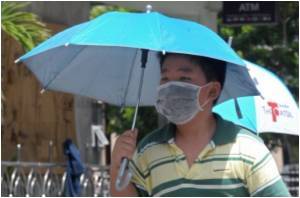
"We have found why the pandemic H1N1 virus replicated so well in humans," said Yoshihiro Kawaoka of University of Wisconsin-Madison's School of Veterinary Medicine. he H1N1 virus, Kawaoka explained, is really a combination of four different avian and swine flu viruses that have emerged during the past 90 years, and even includes genetic residue of the 1918 pandemic virus, an influenza that killed as many as 20 million people.
Typically, the presence of two amino acids- lysine and asparagines- in specific sites on a key avian protein are required for a flu virus to make the jump from an animal host and replicate efficiently in human cells.
The H1N1 virus lacked both of these amino acid building blocks, posing a puzzle for scientists.
The new study found that the lysine amino acid resides in a completely different location on the protein and is responsible for the H1N1 virus's ability to adapt to and co-opt human cells.
"This pandemic H1N1 has this mutation and is why it can replicate so well in humans. This gives us another marker to help predict the possibility of future flu pandemics," said Kawaoka.
Advertisement
"Clearly, the host factors in human cells are doing something. The structure may help us better understand the interplay between the virus and the host human cell," said Kawaoka.
Advertisement
The findings were published in the Public Library of Science Pathogens.
Source-ANI









